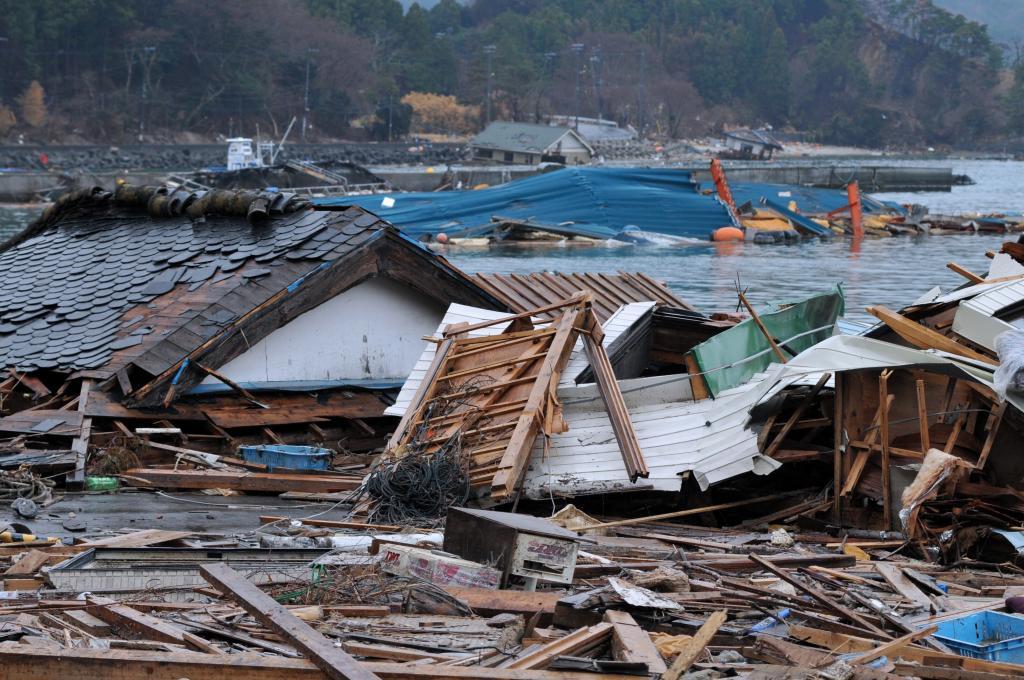
Preparing For the Unexpected
Fort McMurray. A city once synonymous with oil is now known for the worst forest fire in Alberta’s history. The massive blaze exploded thanks to hot, dry weather. It has scorched over 200,000 hectares of ground and counting. It will take months before the flames are finally extinguished, and many more before lives can be rebuilt.
Natural threats, like the forest fire in Fort McMurray, are reminders of the challenges that every industry faces and subsequently must address: preparing for severe events that can happen, often with little or no warning.
The nuclear industry is not without its own risks from Mother Nature. In March 2011 one of the most powerful earthquakes on the planet opened up the sea floor and unleashed a wall of water on the Japanese coast. The Fukushima Daiichi nuclear power plant was hit by an earthquake and a tsunami that were both much larger than its builders had contemplated. The resulting accident led to a world-wide scrutiny of power reactors for their ability to resist extreme natural events. The nuclear industry has since instituted what we call “beyond design” safety measures to prepare for events beyond the range used as a basis in the original design process.

Being prepared for severe weather events requires an enormous undertaking by industry. Different industries are accountable to different regulatory bodies, organizations that operate at an arm’s length from government and aim to ensure that best practices are followed.
Nuclear reactors at Canadian sites, and the facilities around them, have numerous, layered design features and operating procedures that rendered very, very low risk the possibility of an accident because of extreme weather – such as winter ice storms or high winds. These features and procedures have worked well for the more than fifty years that the industry has generated electricity for Canadians. In all this time, we have not had a radiation release that harmed people or the environment.
Should nature get the best of all these technological, engineering, construction and operational defences, we know how to respond quickly in response. The Canadian Nuclear Safety Commission (CNSC) requires all nuclear power plant operators to have a fire response team and the regulator mandates that “the licensee also supports provincial and local authorities in their response efforts.”
For example, Cameco Corporation’s emergency response program at its uranium processing facility in Port Hope, Ontario is comprehensive and includes approximately 60 highly trained employees, most of whom have specialized training in industrial firefighting and hazardous materials. As has been seen in Alberta, a coordinated response to a natural disaster is important. Cameco covers the cost of hazardous material training for all members of the Port Hope fire and emergency services department, which would support the efforts of Cameco’s emergency response team in the event of a natural disaster.
Post Fukushima, reactor operator Bruce Power, which boasts a team of 400 highly trained emergency personnel, worked with other industry experts to develop state of the art fire trucks which included doubling the water capability, night-scan lights and LED technology. In addition to the new fire trucks, the company also purchased portable back-up generators and invested in specific post-Fukushima training. Throughout the nuclear industry and supply chain, organizations realize the importance of investing to prepare for the unexpected. That is the best and prudent way to minimizing the impacts that severe weather can have on people, the environment and industry.

